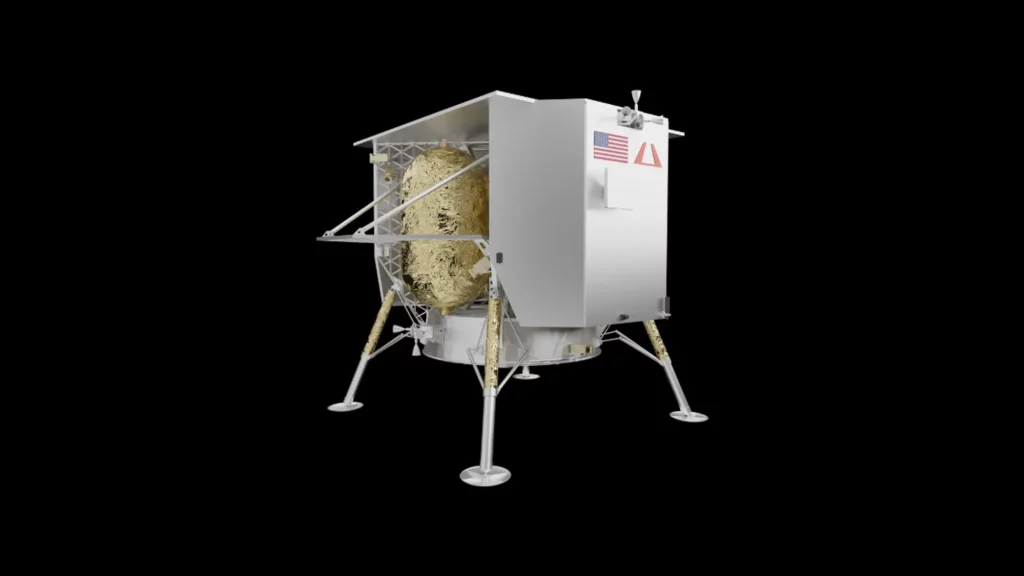After an arduous confrontation, the Peregrino ship could not complete its mission. Astrobotic engineers successfully solved the first problem related to the orientation of the solar panels with respect to the Sun, which was depleting the batteries at an accelerated rate. Just before losing communication, they carried out a key maneuver that managed to reactivate the energy storage system, thus allowing data transmission.
However, the team in charge of the operation has reported that this problem with orientation towards the Sun could have originated from a failure in the propulsion system. Although power had been restored and all sensors were operational, the company issued a statement indicating that the failure in the propellants caused a “critical loss of propellant.”

” The team is working to try to stabilize this loss, but, given the situation, we must prioritize as much as possible the collection of all the science and data we can capture ,” they announced. In the same statement, they explained that they were evaluating alternative mission profiles that may be viable at that time.
In fact, it had previously been announced that the engines are critical to ensuring the success of the mission, since poor performance would make it impossible for the Peregrino spacecraft (landing module) to land gently on the lunar surface.
Why did the mission fail?
The significant loss of propellant, as announced by the company, makes the execution of the mission as initially planned unfeasible. This is mainly because there will not be enough propellant to reach the Moon and, in any case, to perform the necessary braking maneuver before the legs of the spacecraft touch the lunar regolith.
“After successfully separating from the United Launch Alliance (ULA) Vulcan rocket, Peregrine began receiving telemetry through NASA’s Deep Space Network,” according to Astrobotic Technology, the company that manufactured the probe and which is in charge of its operation during the journey, in a first statement.
In addition, they indicated that the avionics systems developed internally within the company have operated adequately. This includes the main control and data management unit, as well as the thermal, propulsion and power controllers, all of which have activated and performed as intended. Following the successful activation of Peregrino’s propulsion systems, the probe entered a fully operational state, indicating that everything was working as planned and expected by Astrobotic engineers.
“Unfortunately, an anomaly occurred that prevented Astrobotic from achieving a stable orientation towards the sun point,” they stated.
More details about the Peregrino ship
The Peregrino spacecraft ‘s propulsion system consists of 5 main engines and 12 attitude control engines driven by a pressurized hypergolic bipropellant. They do not require ignition because the fuel, a hydrazine derivative, and the oxidant, nitric oxide, burn upon contact. Four tanks, two of each component, are evenly distributed around the ship, with a fifth tank for pressurized helium.
Likewise, its main engines, located in the cone of the ship, are used for all critical maneuvers, as explained in Astrobotic’s technical documentation. It is possible that one or more of them are responsible for the failure experienced.
Don’t miss any of our posts and follow us on social media!
Inspenet.com YouTube LinkedIn Facebook Instagram
Source: elespanol.com

